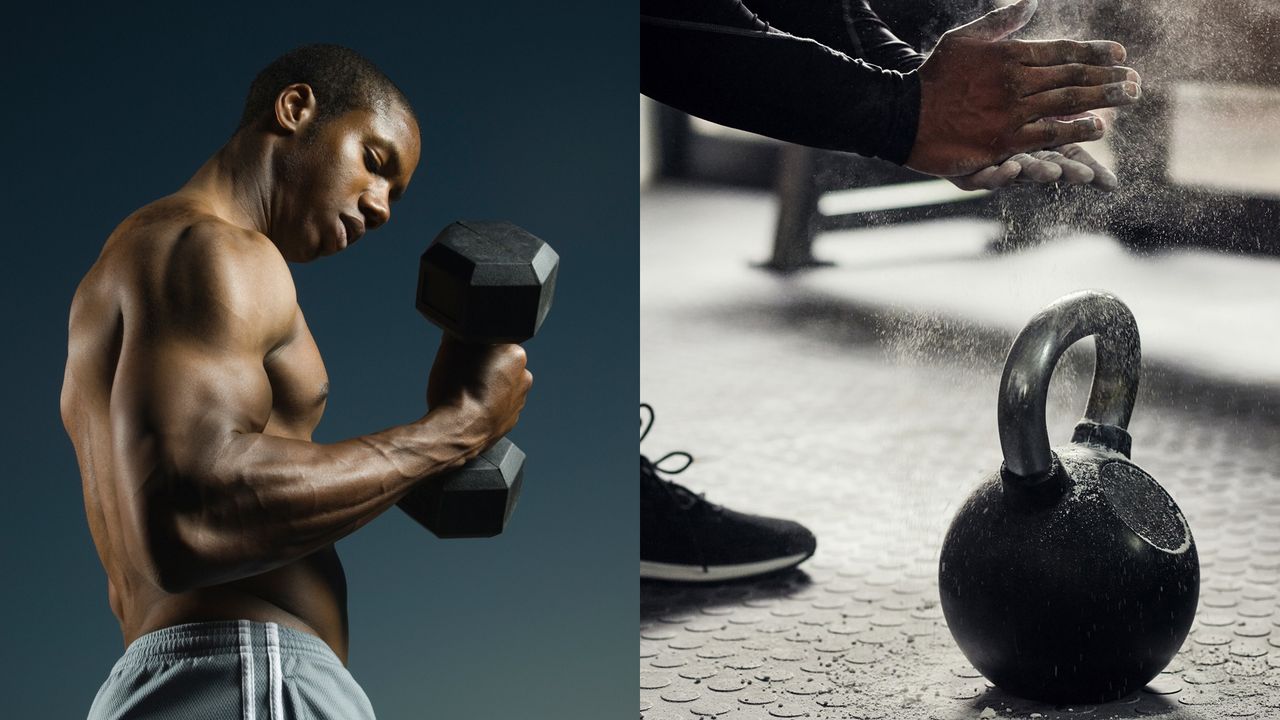

Dumbbell vs kettlebell: which is the best home gym equipment?
Athletes into classic bodybuilding methods will say it's the former, while CrossFitters would probably say kettlebells are better. Is there a home weight that reigns supreme over all others?
Admittedly, both the best dumbbells and the best kettlebells are capable home weights that can help you get strong and build muscle. That's all fine, but when you have a limited budget, you must decide whether you should buy dumbbells or kettlebells.
It's no surprise that both types of home weights have their benefits. Here, we listed three reasons why you should choose one over another. Of course, if you have a specific goal in mind, neither of these types of weights may be ideal for you.
If you want to have a six-pack, you are better off getting the best ab roller. Should you wish to build a nice V-taper of back muscles, the best pull up bars can help you most.
However, for most, getting a dumbbell or a kettlebell will be the most beneficial home gym purchase. Read on to find out which one is best for you.
3 reasons dumbbells are better than kettlebells
You won't see many bodybuilders curling with kettlebells: dumbbells are generally considered the most versatile gym equipment. With the humble dumbbell, you can train all muscles in the body and do it efficiently. Here are three reasons why you should choose dumbbells over kettlebells.
Sign up to the T3 newsletter for smarter living straight to your inbox
Get all the latest news, reviews, deals and buying guides on gorgeous tech, home and active products from the T3 experts
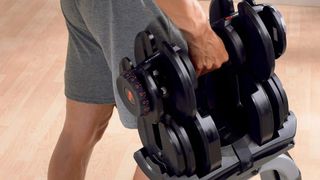
Reason #1: Dumbbells have a smaller footprint
One of the biggest issues with setting up a home gym is the lack of space in one's abode to store the equipment. Partners, unless they are into resistance training themselves, are probably not too keen on having fitness equipment laying around the house.
Dumbbells have the competitive edge here: they are smaller than kettlebells and are easier to store thanks to their shape. They can be stored under the bed, in the wardrobe or cupboard and sometimes, even on top of each other next to the wall. Getting a dumbbell rack can make storing the dumbbells even easier.
Not to mention adjustable dumbbells, such as the premium Bowflex SelectTech 1090 dumbbell: they replace multiple dumbbells, making storing them super easy.
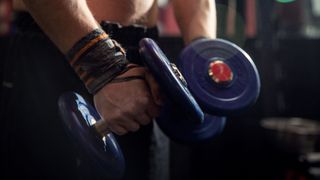
Reason #2: Dumbbells are better for the wrists
Kettlebells are essentially a lump of iron with a handle, while dumbbells are two lumps of weight connected with a stick. The latter is easier to hold, especially when it comes to traditional bodybuilding exercises such as the bench press or the overhead press.
Doing these exercises with a kettlebell will result in the 'lump' part of the kettlebell pressing against the wrist, hence why all CrossFitters wear wrist wraps. It is also easier to hold a dumbbell with a straight wrist as opposed to doing the same with a kettlebell.

Reason #3: Dumbells are better for progressive overlasd
Dumbbells can be bought in many shapes and, most importantly, sizes. The lightest dumbbells are around one lb (0.5 kg) and you can even buy dumbbells as heavy as 120 lbs (~55 kg). There are probably even heavier dumbbells. Better still, dumbbell weight increases gradually, meaning you can get dumbbells in practically any size you want.
On the other hand, kettlebells tend to jump in size, especially in the heavier category. For example, the ever-so-popular Onnit Primal kettlebell range comes in five sizes: 18 lbs, 36 lbs, 54 lbs, 72 lbs and 90 lbs. Those are big jumps in weight that might not be easy to adjust to.

3 reasons why kettlebells are better than dumbbells
The popularity of kettlebells is ever-growing and skyrocketed in 2020. Many of the best kettlebells were unavailable to buy for months and only recently resurfaced at bigger retailers. Adjustable kettlebells such as the Bowflex SelectTech 840, are sought after and bought almost instantly as they hit the market.
Here are three reasons why you should choose a kettlebell over dumbbells as your next home gym purchase.
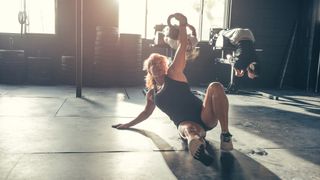
Reason #1: Kettlebells are better for grip strength
Bodybuilders are slightly obsessed with forearm girth and there are even products that can increase the girth of barbell/dumbbell handles, such as Fat Gripz. The 'fatter' handle will make holding weights harder, so working out with fat handles can improve the forearm and grip strength.
Kettlebells don't need fat grips: the handles are as fat as they are. In fact, the best kettlebell workouts, such as the 10,000 swing kettlebell workout, are famous for improving grips strength and forearm muscle mass, using only kettlebells with no additional trims.
The most famous kettlebell exercises (e.g. kettlebell swing) are perfect for improved grip strength and fat forearms.

Reason #2: Kettlebells are better for functional workouts
What is functional muscle? All muscles are functional, right? Well, not exactly. There is a difference between big strong and being big, albeit sometimes the two overlap. Bodybuilders tend to be big – really big – but those muscles are for the show: a bodybuilder might struggle to do pull-ups or other, more aerobic exercises.
Kettlebell training often involves a combination of aerobic and anaerobic movements: kettlebell swings, snatches and cleans all use your aerobic as well the anaerobic system, burning fat and building muscle at the same time.
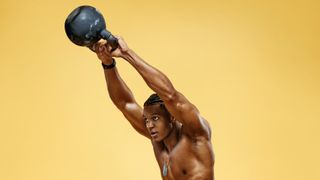
Reason #3: Kettlebells are more versatile than dumbbells
This might sound a bit controversial, but in theory, all exercises that can be performed using dumbbells can also be done with kettlebells. But kettlebells can also be used to do the aforementioned swings, snatches, kettlebell get ups and more. Wrist pain aside, having just one or a pair of kettlebells enables you to do both strength and HIIT training, using the same weight.

Matt Kollat is a journalist and content creator who works for T3.com and its magazine counterpart as an Active Editor. His areas of expertise include wearables, drones, fitness equipment, nutrition and outdoor gear. He joined T3 in 2019. His byline appears in several publications, including Techradar and Fit&Well, and more. Matt also collaborated with other content creators (e.g. Garage Gym Reviews) and judged many awards, such as the European Specialist Sports Nutrition Alliance's ESSNawards. When he isn't working out, running or cycling, you'll find him roaming the countryside and trying out new podcasting and content creation equipment.
-
 Philips Hue rolls out highly-requested Secure camera USB-C power cable
Philips Hue rolls out highly-requested Secure camera USB-C power cableIt was first announced in January
By Lizzie Wilmot Published
-
 Nanoleaf’s new lightstrip is perfect for your gaming monitor – and it’s cheaper than you’d think
Nanoleaf’s new lightstrip is perfect for your gaming monitor – and it’s cheaper than you’d thinkNanoleaf launches new PC light system and it’s seriously affordable
By Bethan Girdler-Maslen Published